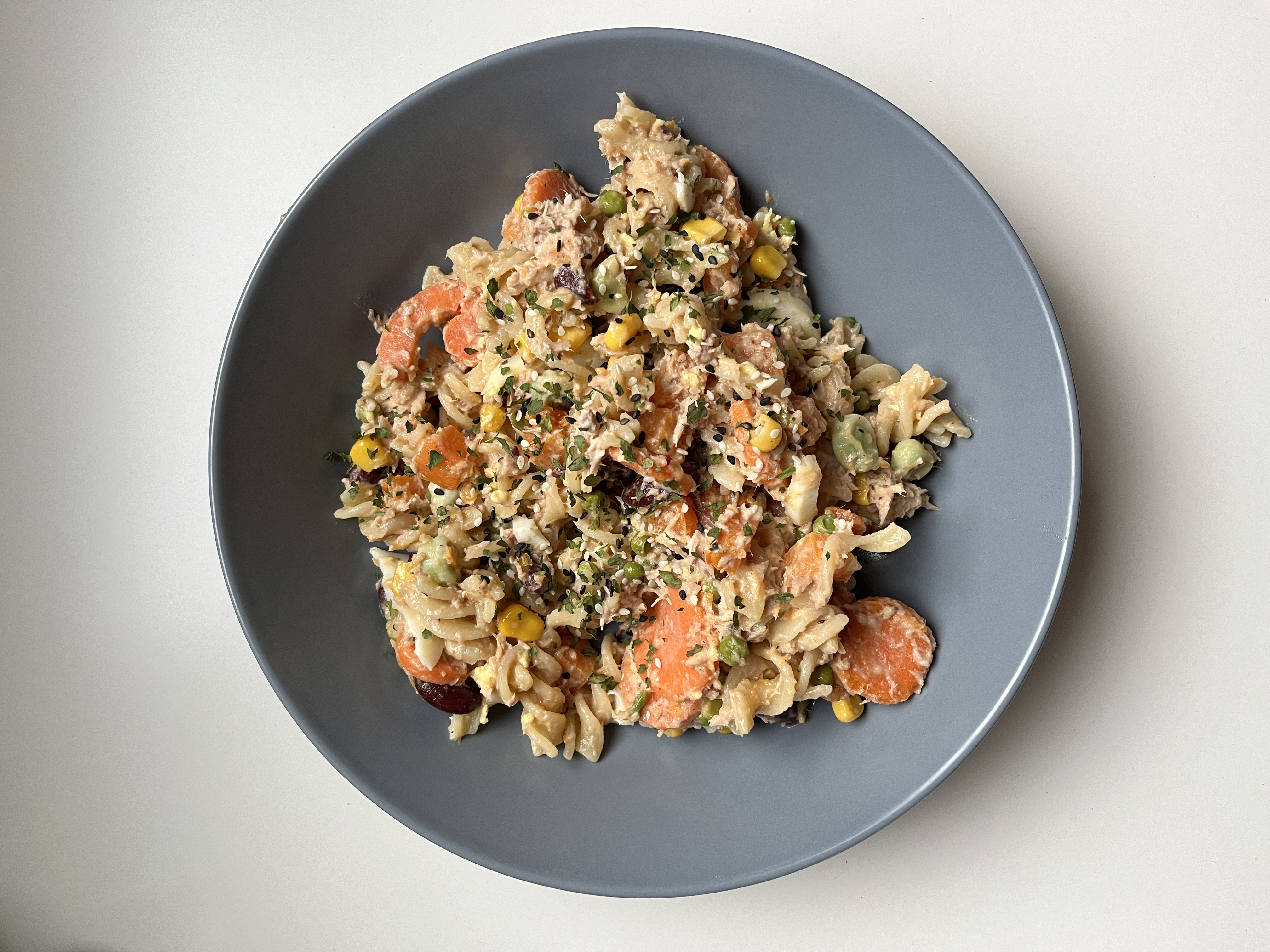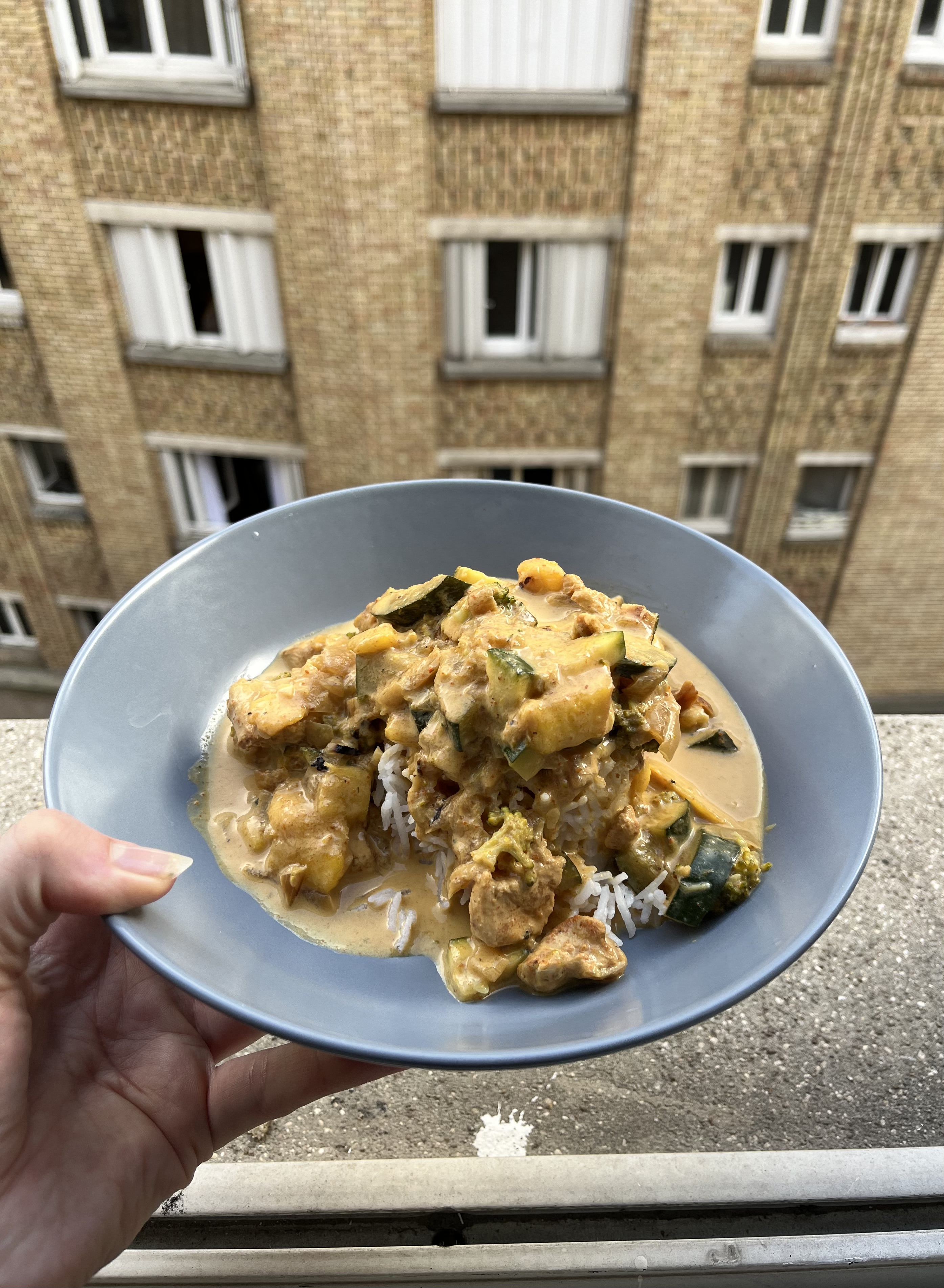Advantages of Fiber in Your Diet

In our fast-paced lives, where convenience often trumps nutrition, fiber remains a cornerstone of a healthy diet that is frequently overlooked. But what exactly is fiber, and why is it so crucial for our health? Your diet has a massive impact on your overall well-being, and simple changes, such as increasing the amount of fiber in your diet, have more significant advantages than just making your bathroom time easier.
Fiber is a critical component in maintaining a healthy diet. Dietary fiber is described as: “The edible parts of plants, or similar carbohydrates, that are resistant to digestion and absorption in the small intestines." Unknown to many, fiber helps aid digestion and further decreases the risk of many common health conditions. Some of these conditions include obesity, type 2 diabetes, cancer, and cardiovascular disease. The Food and Drug Administration (FDA) claims, “An increased consumption of dietary fiber from fruits, vegetables and whole grains may reduce some types of cancers.” Furthermore, the FDA also claims, “Diets low in saturated fat and cholesterol and high in fruits, vegetables and whole grain, have decreased risk of leading to coronary heart disease.”

Scientists have categorized four types of fibers: dietary fiber, added fiber, soluble fiber, and insoluble fiber. Dietary fiber is found in fruits and vegetables. Added fiber is added to foods by manufacturers for beneficial effects. Soluble fibers are digestible and broken down when in contact with water. Insoluble fibers are non-digestible fibers that cannot be broken down when in contact with water. Some examples of soluble fiber include quinoa, oats, and psyllium husk. Some examples of insoluble fiber include nuts, potatoes, and whole wheat flour. All of these fibers are important for gut health and supporting your microbiome.
Fiber contains abundant vitamins, minerals, and energy that help aid digestion, creating a happy body and happy stool life :). Now, you may ask yourself: What foods have the highest fiber content? How much fiber is a good amount to eat in a day? Can you only get fiber from fruits and vegetables? Although fiber is primarily thought to only be found in your fruits and veggies, it is also found in nuts, lentils, oats, seeds, beans, etc.. Because of this, vegetarian and vegan meals are typically very high in fiber and contain a lovely amount of nutrients to keep your energy levels high and feeling satisfied throughout the day. It is said that anywhere between 25-30 grams of fiber a day is a sweet spot for maintaining a healthy balance within your body.

With that being said, here is a list of the top ten most fiber-rich foods and their recommended portion sizes.
1. Coming up at number one are Chia seeds. They contain 9.75 grams of fiber per ounce.
2. There is 16.5 grams of fiber per 1 cup of oats.
3. You can get 14.5 grams of fiber per 100 grams of air-popped popcorn (I know! I thought this was crazy too).
4. There is 13.3 grams of fiber in 100 grams of almonds.
5. There is 13.1 grams of fiber per 1 cup of lentils.
6. There is 12.5 grams of fiber per 1 cup of cooked chickpeas.
7. There is 10.6 grams of fiber per 100 grams of pistachios.
8. There is 9 grams of fiber per 100 grams of fresh coconut.
9. There is cooked is 8.7 grams of fiber per 100 grams of cooked black beans.
10. Lastly, we have 8.6 grams of fiber per 100 grams of sunflower seeds.
Remember, these are just the top 10, there are so many more fibrous foods that you can add to your meals!
Fiber is easier to include in your diet than you think! Throwing together a simple bowl of edamame, roasted chickpeas, pistachios, quinoa, tomatoes, and avocado, topped with a lemon tahini dressing, already satisfies most of your daily dose of fiber. You can mix up your salads to cater to your own favorite fiber-rich foods. Though, fiber does not just come in the form of salads; you can add them on the side of your favorite meals too! Salmon and rice with a side of peas and carrots already boosts your recipe to a more fibrous meal. It’s simple additives like this that help you hit your daily recommended fiber target!





